Contributed by What Distance Tells Us
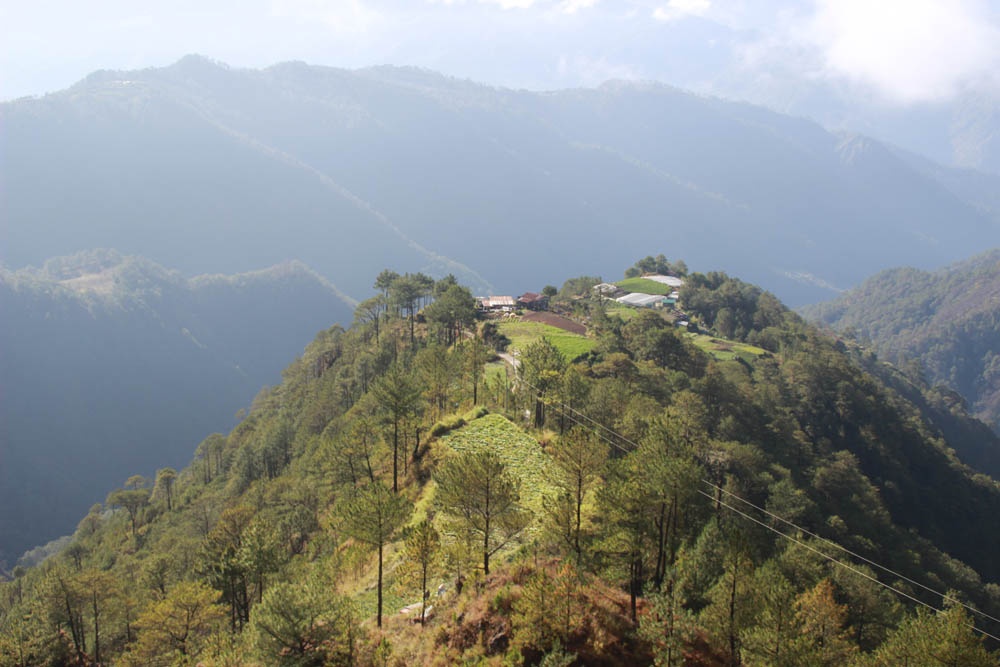
While winding through Benguet’s cliff-wedged roads, a familiar accent booms from the back of the bus. It does not have the soft guttural tone of the Manileño or the fast-paced manner of the Igorot. No, no, it is clearly Cebuano with the hard drop of the tongue followed by a distinct cackle. The rest of the passengers are soundless. In high altitude, it is an effort to stay awake, let alone converse. But he is clearly a party of one, this man, and the phone call he is taking must come from across the archipelago. How else to explain the volume of his broadcast. After 30 minutes of tuning in, he ends the conversation with a statement that I will mull over for months.
“Okay ra ko diri, Bai, oi.” he says with what I can imagine is coupled with a smirk. “I’m not a tourist, you know. I’m a traveller.”
Also read: I’m Tired of the Term ‘Responsible Traveller’
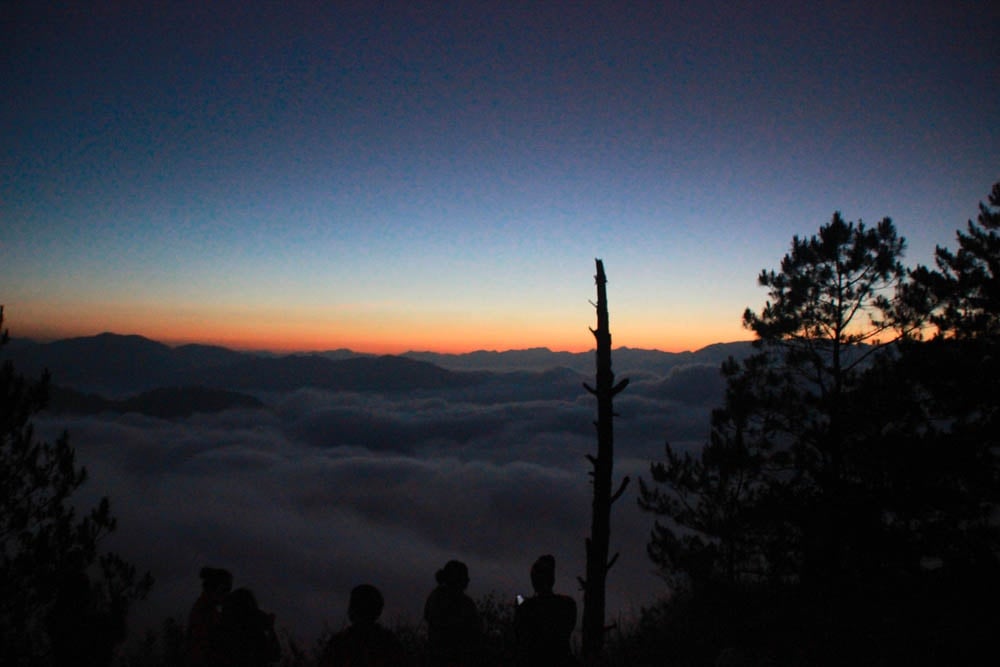
Of course, everyone is a traveller these days. Just ask the abundant outcrop of travel shows, travel magazines and travel websites. The insurgence of cheap flights have made destinations so reachable, just a click of the mouse to be exact, that travel is not just trendy, it is a status symbol. Batanes, once so mythically far-flung, via a three-hour open sea cross in frail boats or ₱13,000 chartered planes, has now opened its doors through mass flights. Busuanga, a tedious four-hour road trip from Puerto Princesa’s Airport, can now be linked to directly. And Zamboanga, an infamous territory, is reviving itself as an “off-the-beaten-path” destination, and really, with a cliché like “off the beaten path”, what traveller can resist? Even miniature islands such as Camiguin have built enough market that airlines choose to touch base there, however short-ended its ramp is.
Travel, more than ever, has become accessible. And accessibility brings in numbers. Numbers bring the need for niches. Niches that equate to identity and the need for uniqueness. This is where the need for delineation also comes in perhaps, when such questions like “Are you a traveller or a tourist?” pop out in the need for segregation.
But there has always been alienation between the two personas, as epic as the battle for bus seats. One has always downplayed the other. The tourist looks at the traveller’s dishevelled hair, the numerous crafted bracelets he collects in his wrists, the worn-out bag he lugs around, and the tourist dismisses this experience for nothing but wear.
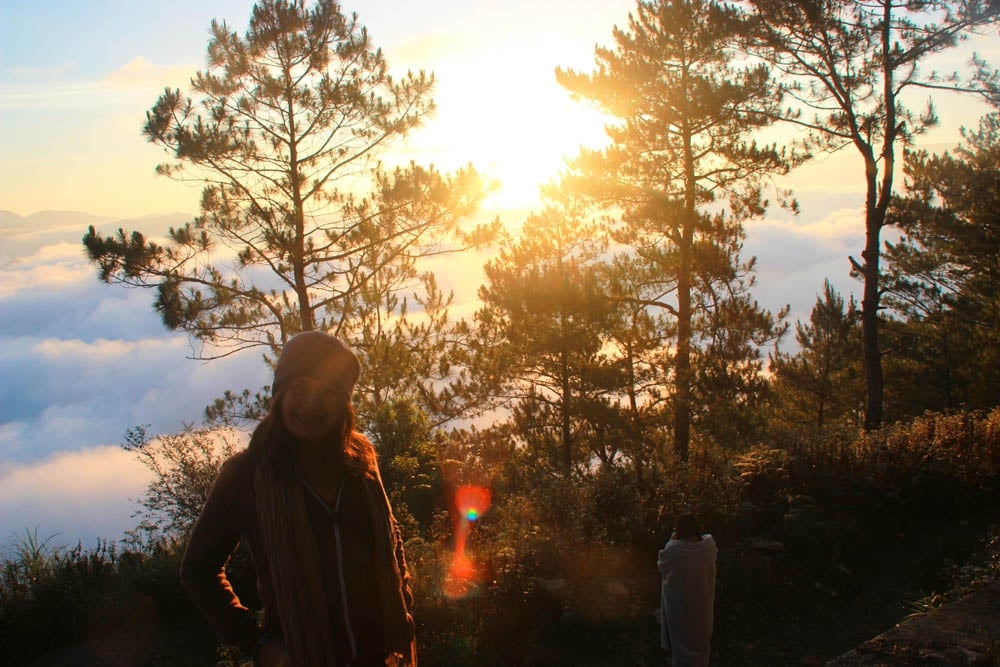
On the other hand, the traveller looks at the tourist, the brochures he holds until sweat softens them, the colourful outfit he dons for picture-worthy opportunities, his need to buy ready souvenirs from “over-expensive” traps, and as reverse snobbery, dismisses the tourist in arrogance. No, there is nothing to learn from each other, they seem to say, and in defiance, guard their niches like dogs fighting for territory. Tourists should stay in resorts and comfortable viewing decks. Travellers should veer toward the untamed and underdeveloped. So, there.
But what is a tourist, really, and what is a traveller? What is their delineation?
Also read: Tourist or Traveller?
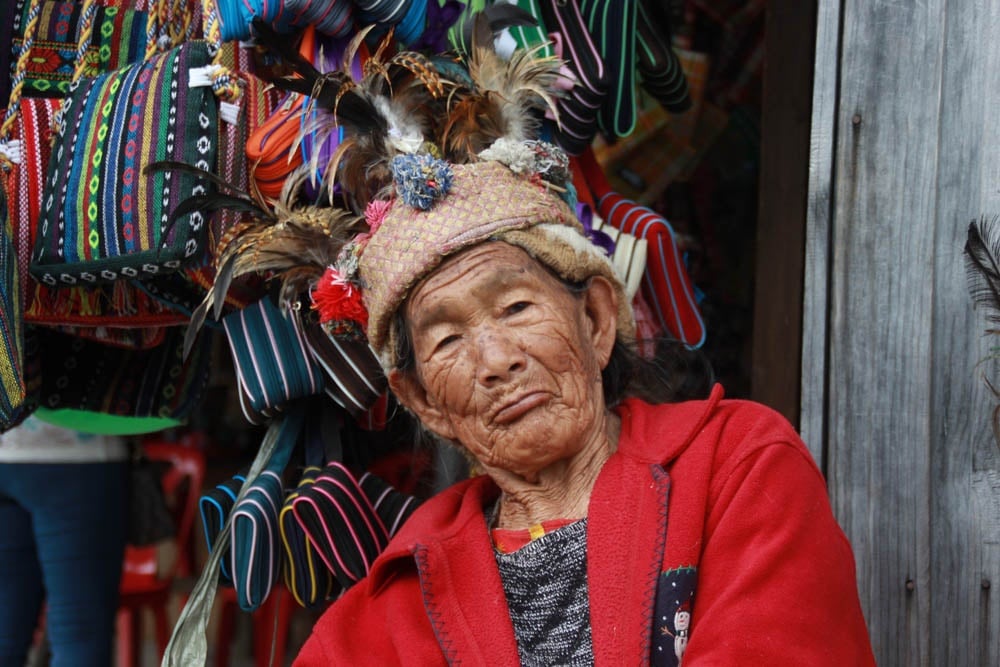
Very few can spot the line especially since budget or even modes of travel are not determinants. While the act of transitioning from one place to another is true to both, there is obviously something that sets them apart. What?
The mindset, of course. And no, it is not in terms of depth but the direction they choose to take.
More often than not, the tourist is grossly misinterpreted as lazy foreigners privileged enough to buy comfort. Moneyed, he shortcuts his way to the best spots, eats gourmet food and interacts with selected locals who only show the best side of a place’s hospitality. This may not always be the case.
Touring, by general definition, is only this: travelling from place to place for pleasure. Whether because of time limitations or some other factor, the tourist embodies the spirit of the planned, of careful itineraries, of trusted pathways that attempt to symbolise a place’s essence. Tourist spots, they call it. His end goal, through prerequisite research or guidance, is to find what he’s been looking for whether it be something as simple as relaxation, or knowledge, or enlightenment. This is hard to do and it hasn’t always been successful especially since the success of touring, in a way, is following a mapped layout of those who came before him and has ironed out all nixes before he, the tourist, has even treaded on the path. “Commercialised”, travellers will curse, and will easily give it the cold shoulder. “Why go, when everybody’s been there anyway?”, he may ask.
But is it not the ultimate goal of the traveller to experience a place in a manner that is his, no matter how many others have treaded there?
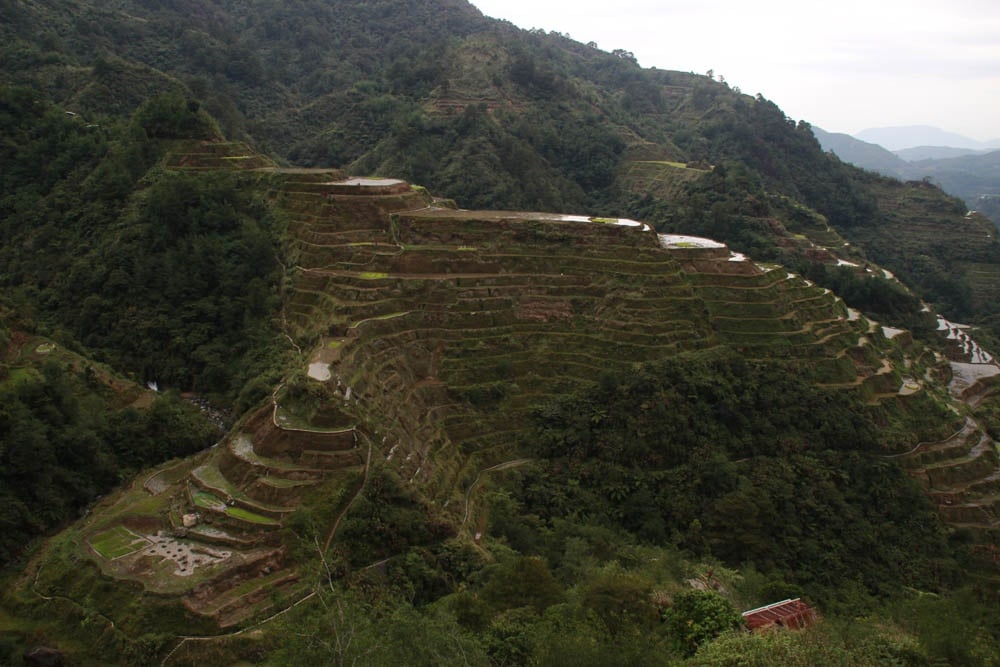
A traveller no matter how “enlightened” has not always been a traveller. At a different phase of his life, he must’ve been once a child of caution, and will be so again. He may have also, once, been afraid of the unknown. Unsure, he stuck to places comfortable in his stead and went through travel sites or books to ask guidance from those who came before, no matter how glorified media has made of him, he, with more depth and definition than the average. He, who uses local transportation and eats where the locals are. The traveller, who by now, has probably learned that the fun is not just in the spirit of finding, but in searching even without an end goal in mind, will look for the unknown only to realise that there is no such thing as unknown anymore. This is the trap laid out for him.
In a CNN article entitled “Why travellers think they’re better than tourists, and why they’re not.”, Hunter Braithwaite writes, “The dichotomy is not only daft, but damaging.” The search for the authentic, he says, is artificial including those “off the beaten paths”, which more often than not, become famous in Lonely Planet, yet with time disappear altogether because of a lack of planned sustainability or have evolved into tourist traps.
Mostly, of course, the dichotomy becomes reason for self-limitation. This is true in the likes of people who snub Boracay, or El Nido, or even Cebu because of a case of branding, as I once did. How would one know if he hasn’t been there? You can’t. For a traveller to snub an area even as he aims to, let’s say, understand a culture or fight prejudice, is a disconnection.
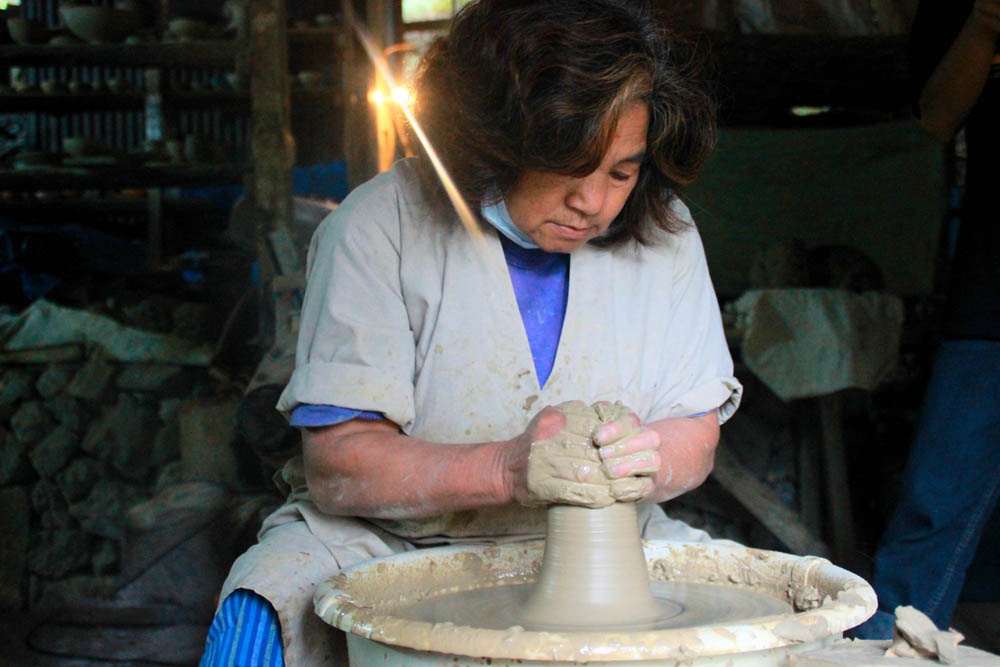
As the world gets smaller, and all have laid footprints to where there were once none, where will the traveller go?
The easy answer, of course, is everywhere. Everywhere where everyone has been and will be again. Everywhere, without the traveller’s limitations of only the “unique” and uncommercialised.
Whether in the spirit of searching or finding, travel has become more diverse, and more necessary than ever. This is regardless of mindset. The delineation, like so many who fall into the trap of branding and niches, seems to be an illusion.
Reaching Sagada, the broadcaster picks up his backpack and, like many coincidences you just bump shins with, disappear into the crowd.
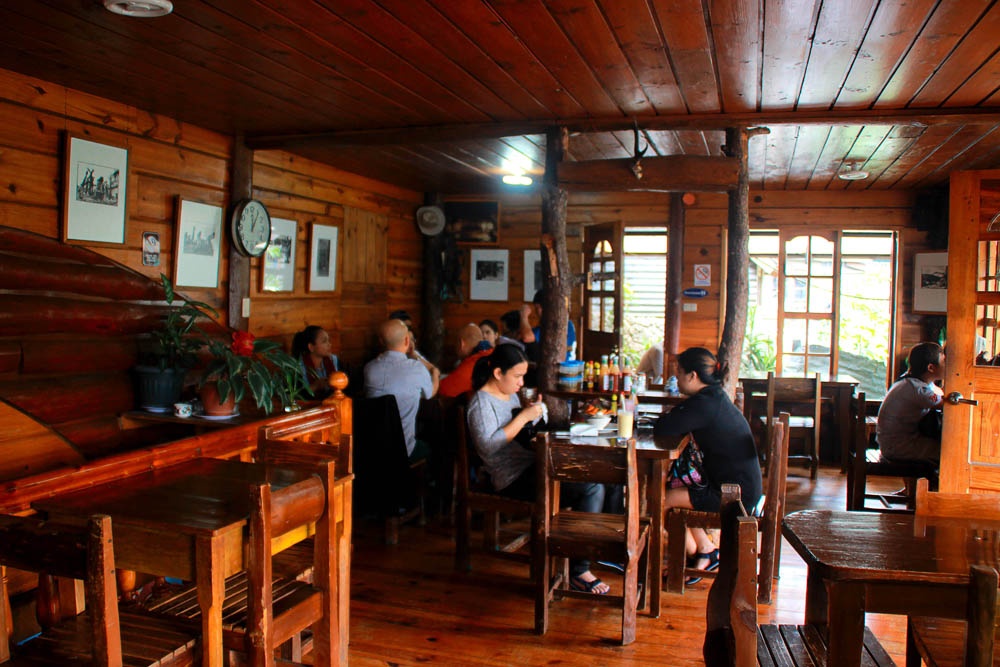
In my mind though, the cinematic climax would’ve been this: Mr. Traveller walks into one of the roadside cafes one day, Bana’s perhaps, to take in his Ganduyan coffee fix. And realising that he is not the only Cebuano in the premises, we will somehow lock eyes. He will ask all the prerequisites of those stuck in ephemerals like “Where are you from?” and “Why are you here?” We will compare notes on places where fate has somehow jotted in our itineraries.
“So you travel often?”, he will eventually ask me.
And with a catch in my voice, I will note his chagrin when I answer,
“No. Just touring.”





